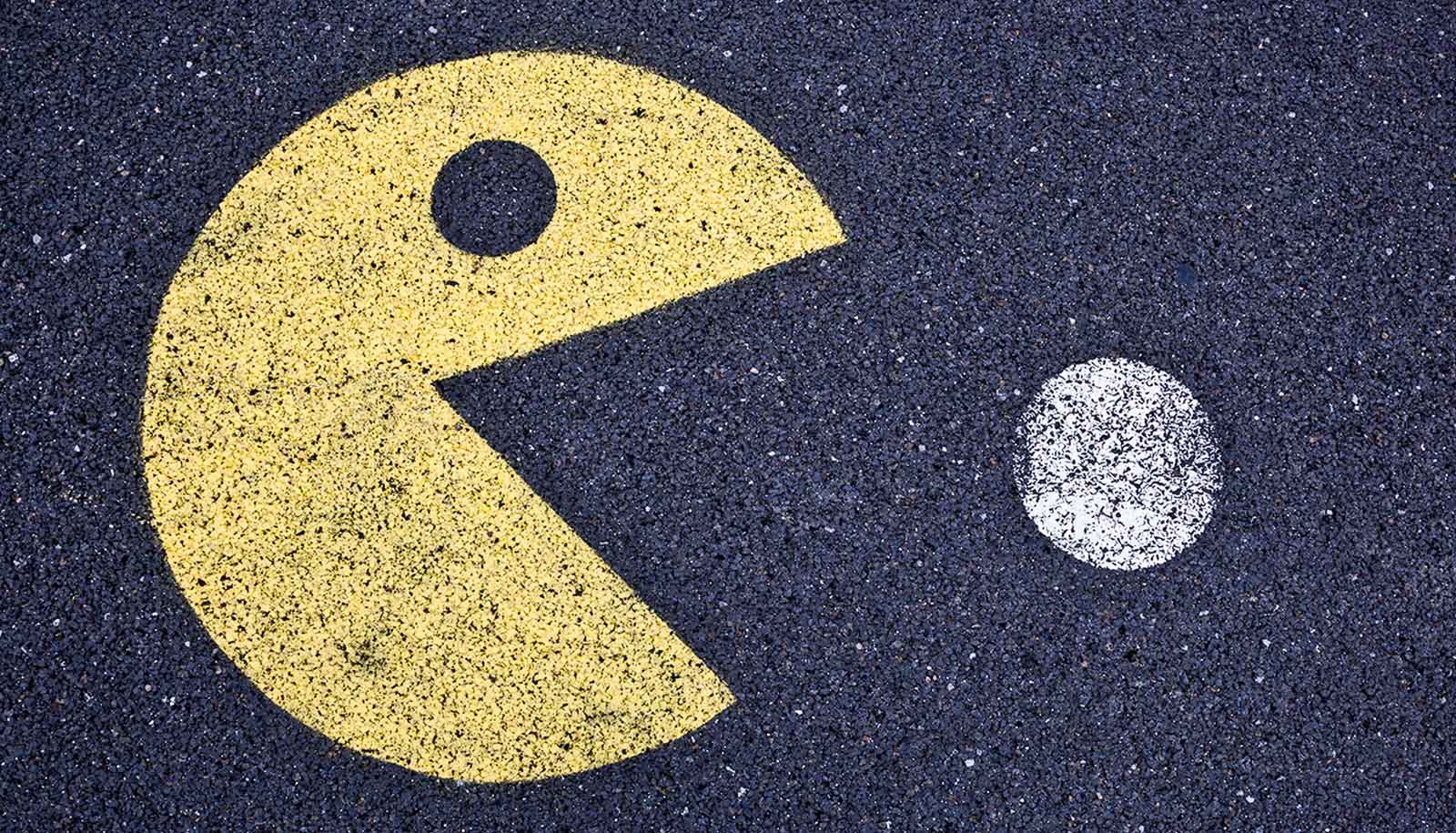Scientists discovered that a hemoglobin mutation was causing mild anemia in a young woman in Germany. But why did her father, who has the same mutation, not have anemia, too?
The woman, who was in her 20s when diagnosed, and her father share a mutation in the gene that encodes hemoglobin, the protein in red blood cells responsible for taking up and delivering oxygen to cells around the body.
The mutation is one of more than 1,000 discovered so far in adult human hemoglobin. Most appear to have no effect on people, but when medical problems occur, the disease is called a hemoglobinopathy and often named after the city or hospital where it was discovered. In this case, the family was living in Mannheim, Germany, but the father was born in the Turkish city of Kirklareli.
The Kirklareli mutation did not affect the iron content of the father’s blood, but did appear to be the root cause of the young woman’s chronic anemia, researchers say. Further investigation revealed that he was a smoker—and his mutant hemoglobin was stabilized by carbon monoxide from the cigarettes he smoked.
A paper on the research appears in the Journal of Biological Chemistry.
Carbon monoxide
The mutation is in the alpha subunit of human hemoglobin (H58L) and causes it to rapidly auto-oxidize, or rust, which causes the protein to fall apart, lose heme, and precipitate. As a result, the protein loses its ability to carry oxygen. Eventually, the red cells themselves become deformed and are destroyed, says John Olson, a biochemist at Rice University.
Use smartphone, not needle, to check for anemia
Remarkably, this same mutation gives the protein an 80,000-fold higher affinity for carbon monoxide than for oxygen. Carbon monoxide from a cigarette will be selectively taken up by the mutant hemoglobin and prevent it from oxidizing and denaturing. This high affinity for carbon monoxide explained why the father showed no signs of anemia, Olson says.
“And there’s a side benefit. People with this trait are more resistant to carbon monoxide poisoning.”
“He may never be an athlete because his blood can’t carry as much oxygen, but smoking has prevented him from being anemic. And there’s a side benefit. People with this trait are more resistant to carbon monoxide poisoning.”
Olson says he does not know how or if the doctors treated the young woman. He doesn’t even know her name. But he suspected her iron-deficient anemia was more an annoyance than a threat to her life and would not recommend she start smoking to relieve it.
“She shouldn’t smoke,” he says. “But she could take antioxidants, such as a lot of vitamin C, which would help prevent oxidation of her mutant hemoglobin. Her anemia is not that severe. At the same time, she shouldn’t worry too much about secondhand smoke, which might have a positive effect.”
Unusual, but not unique
After ruling out common causes like blood loss, gastritis, or congenital defects, her doctors were curious enough about her ailment to call upon Emmanuel Bissé, a researcher at the Institute for Clinical Chemistry and Laboratory Medicine at the University of Freiburg, who discovered the mutation after sequencing her DNA.
Bissé in turn recruited Olson and his team to help determine why the histidine-to-leucine change caused anemia in the daughter but not the father. Ironically, Ivan Birukou, a graduate student in Olson’s lab, had already generated the same mutation in human hemoglobin (one of several hundred made at Rice) to study how the protein rapidly and selectively binds oxygen.
“Emmanuel wrote to me and said, ‘I know you’ve been making all these mutants in hemoglobin, and you’ve probably done the H58L mutation in (alpha) chains. Does this phenotype make sense?'” Olson recalls.
“I said, ‘We can do a really neat study here, because we’ve already made the mutant hemoglobin in a recombinant system.’ We actually had a crystal structure (matching Kirklareli) that Ivan and (staff scientist) Jayashree Soman never published but had deposited in the Protein Data Bank. We had made this mutation to try to understand what the distal histidine was doing in alpha subunits.”
They found in their 2010 study that replacing the histidine, which forms a strong hydrogen bond to oxygen, with leucine caused a dramatic decrease in oxygen affinity and an increase in carbon monoxide binding. Olson and Birukou realized back then that histidine played a key role in discriminating between oxygen and carbon monoxide in hemoglobin.
“When Emmanuel wrote to me about his discovery, I already ‘knew’ what was happening with respect to carbon monoxide binding,” Olson says.
Is this molecule an antidote for carbon monoxide poisoning?
The normal hydrogen bond causes bound oxygen to stick more tightly to hemoglobin in the same way hydrogen bonds cause spilled soda to feel sticky. “When you touch it, the sugar oxygens and hydrogens make hydrogen bonds with the polysaccharides on your finger,” Olson said. “That stickiness helps hold onto oxygen. But leucine is more like an oil, like butane or hexane, and oxygen does not stick well inside hemoglobin. In contrast, bound carbon monoxide is more like methane or ethane and can’t form hydrogen bonds.”
Andres Benitez Cardenas, a postdoctoral researcher in Olson’s laboratory, did the crucial experiment in which he put carbon monoxide on the mutant alpha subunit of hemoglobin Kirklareli. The bound carbon monoxide slowed down oxidation of the protein and prevented loss of heme and precipitation. “In effect, Andres did the ‘smoking experiment’ to show why the father’s hemoglobin didn’t denature and cause anemia,” Olson said.
The effect caused by Kirklareli, though unusual, is not unique.
“There is another ‘smoking is good for you’ mutation,” he says, noting discoveries in Zurich in the late 1970s and early ’80s. That case mirrored the current collaboration, as the researchers looking for answers then sought help from Nobel Laureate Max Perutz, whose pioneering work on hemoglobin structures won him the prize in 1968. Olson himself served as a reviewer on some of the papers for hemoglobin Zurich in the 1980s.
“Emmanuel knew that we had worked on these histidine-to-leucine mutations in myoglobin and hemoglobin, which is why he contacted us,” he says. “This type of collaboration is how science and medicine should work together.”
Additional researchers from Rice, the University of Freiburg, and the University of Strasbourg are coauthors of the work.
Source: Rice University



